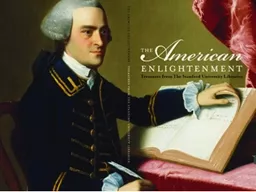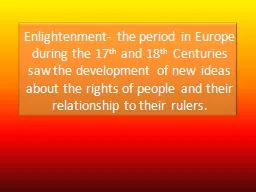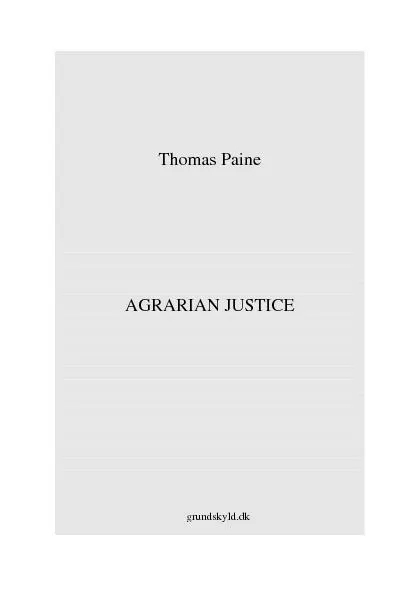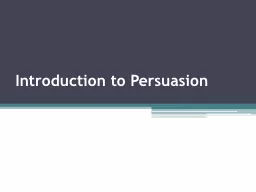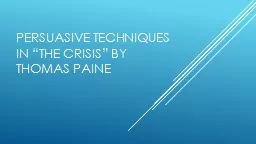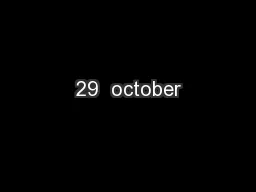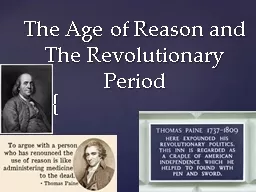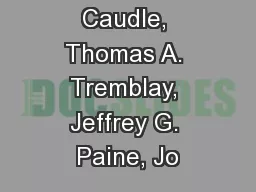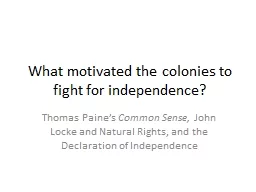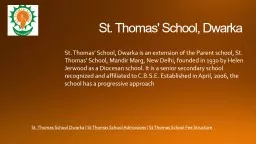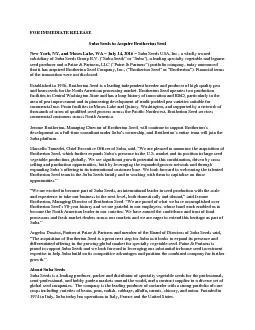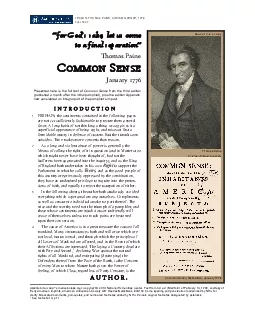PPT-Thomas Paine
Author : myesha-ticknor | Published Date : 2016-07-29
was born in England in 1737 as the poorly educated son of a corset maker During his young adult life he held many different jobs He worked as a corset maker grocer
Presentation Embed Code
Download Presentation
Download Presentation The PPT/PDF document "Thomas Paine" is the property of its rightful owner. Permission is granted to download and print the materials on this website for personal, non-commercial use only, and to display it on your personal computer provided you do not modify the materials and that you retain all copyright notices contained in the materials. By downloading content from our website, you accept the terms of this agreement.
Thomas Paine: Transcript
Download Rules Of Document
"Thomas Paine"The content belongs to its owner. You may download and print it for personal use, without modification, and keep all copyright notices. By downloading, you agree to these terms.
Related Documents

